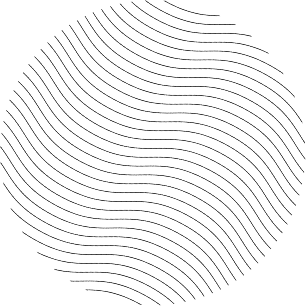Biography
Homi Jehangir Bhabha, Indian nuclear physicist (Mumbai 30 October 1909 – Mont Blanc, France 24 January 1966)
ACHIEVEMENTS
Derived a correct expression for positron scattering probability by electrons known as Bhabha scattering
The Scattering of positrons by electrons with exchange on Dirac’s theory of the positron. Proc. Roy. Soc. London 154 A: 195, 1936.
Explained with W. Heitler that showers were formed by the cascade production of gamma rays and positive and negative electron pairs
With W. Heitler. The passage of fast electrons and the theory of cosmic showers. Proc. Roy. Soc. London 159 A: 432-458, 1937.
Obtained Bhabha-Corben equations
With H.C. Corben. General Classical Theory of Spinning Particles in a Maxwell Field. Proc. Royal Soc. London 178 A: 273-314, 1941.
Obtained Madhava Rao-Bhabha equation
With B.S. Madhava Rao. The scattering of charged mesons. Proc. Indian Acad. Sci. A 13(1): 9-24, 1941.
Obtained Bhabha relativistic wave-equations
Rev. Mod. Phys. 17:200, 1945.
Suggested the term orthochronous for Lorentz transformations which don’t change the sign of time coordinate
Rev. Mod. Phys. 21:451, 1949.
Identified muons as penetrating compound in the cosmic rays.
Proposed the term meson (with N. Kemner and M.H. L. Pryce)
Developed Bhabha method for discriminating between the soft and the hard components of cosmic rays (1943)
First to suggest the existence nucleon isobars
Suggested the existence of vector mesons in nuclear interactions
Proposed a method to confirm time dilation effect in special relativity theory
HONORS
Bhabha crater in Moon
Physics Nobel Prize nominee (1951, 1953, 1954, 1955 & 1956)


